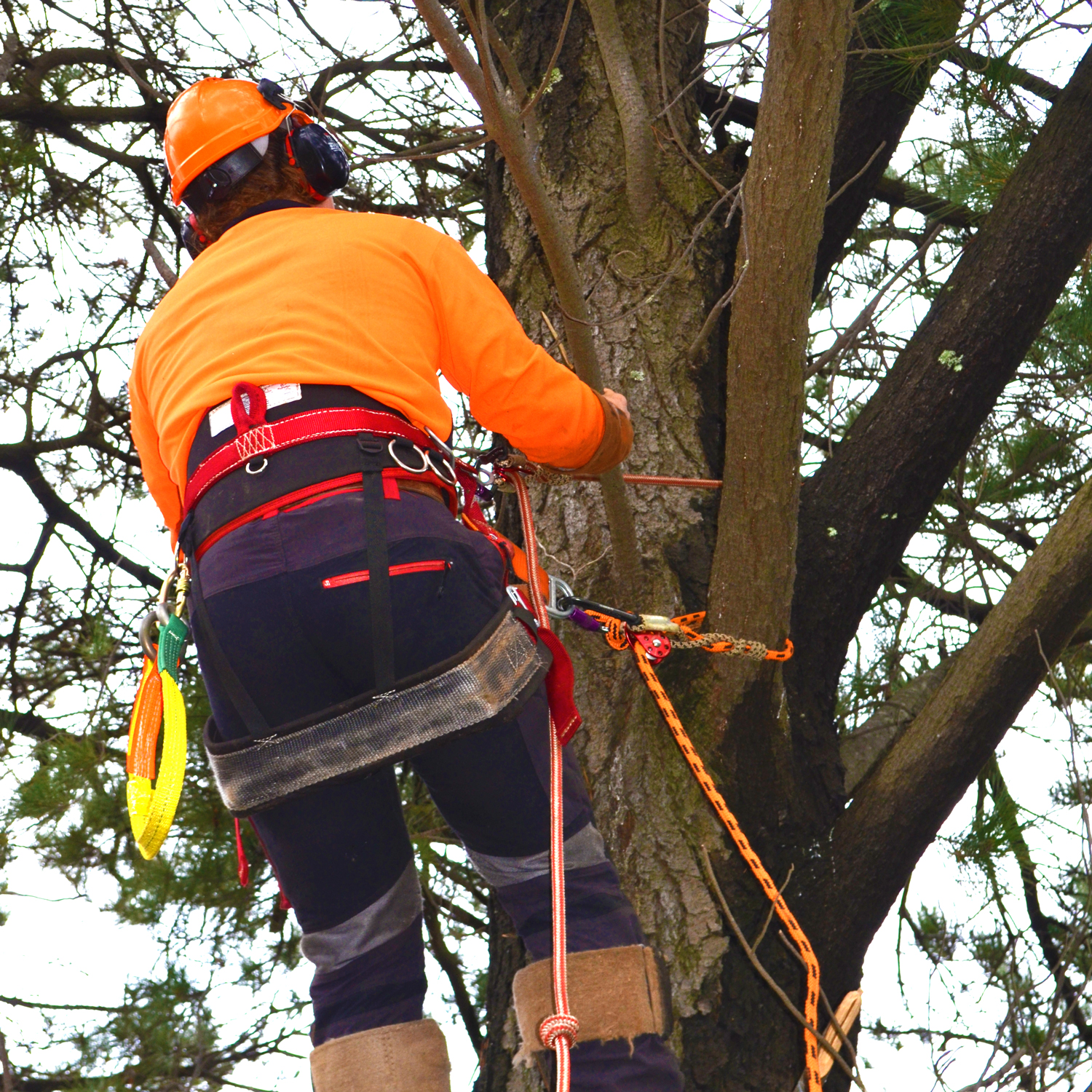Mastering the Art: Innovative Tree Felling Techniques You Need to Know
In the realm of land management and forestry, understanding the art of tree felling is paramount. The process of efficiently and safely bringing down trees requires a combination of knowledge, skill, and the use of innovative techniques. Whether it be for commercial logging or clearing trees on your property, mastering the methods of tree felling plays a crucial role in promoting both safety and efficiency. By learning and implementing the latest techniques, arborists, tree fellers, and even those tackling DIY projects can achieve their tree removal goals with precision and finesse. With a blend of traditional practices and modern advancements, the art of tree felling continues to evolve, providing arborists with a diverse array of tools and strategies to accomplish their tasks effectively.
Safety Precautions
First and foremost, always assess the surrounding area before initiating tree felling activities. Look for any obstacles, including power lines, structures, or other trees, that may interfere with the falling tree. Clear the area to create a safe zone for the tree to fall without causing harm or damage.
Before starting the felling process, ensure you have the appropriate protective gear, such as a hard hat, safety glasses, ear protection, and gloves. These items are crucial in safeguarding yourself from potential risks associated with tree felling, including falling branches or debris.
Furthermore, it is essential to plan the direction of the tree's fall and create an escape route for yourself. A well-thought-out escape route will enable you to move quickly and safely away from the falling tree if needed. www.spez-ag.ch at all times to prevent accidents and injuries during the tree felling process.
Equipment Needed
To effectively carry out tree felling, it is essential to have the right tools at your disposal. One of the most basic pieces of equipment required for tree felling is a robust chainsaw. A chainsaw allows for efficient cutting through tree trunks and branches, enabling precise control over the direction of the fall.
In addition to a chainsaw, having appropriate safety gear is crucial when engaging in tree felling activities. This includes items such as a sturdy helmet, protective eyewear, gloves, and high-quality chainsaw chaps or pants. Ensuring that you are well-protected while operating the chainsaw significantly reduces the risk of injuries and accidents during the tree felling process.
Lastly, utilizing additional equipment such as wedges, ropes, and harnesses can enhance the safety and effectiveness of tree felling operations. Wedges help to control the direction of the tree's fall, while ropes and harnesses provide support and aid in guiding the tree's descent. By using the right equipment in conjunction with proper techniques, tree felling can be carried out efficiently and safely.

Advanced Cutting Techniques
In the realm of tree felling, mastering advanced cutting techniques can greatly enhance efficiency and safety. One such technique is the “backcut method,” where a horizontal cut is made on the opposite side of the tree trunk from the direction of fall. This helps control the falling direction with precision, reducing the risk of obstacles hindering the tree's descent.
Another sophisticated cutting technique is known as the “hinge wood method,” which involves leaving a strip of uncut wood that acts as a hinge during the tree's fall. By strategically managing this hinge wood, tree fellers can guide the tree's descent and improve overall control over the process.
Incorporating the “stump cut technique” can also elevate tree felling proficiency. By cutting the stump close to the ground at an angle, rather than straight across, tree fellers can better manage the tree's fall trajectory and minimize the likelihood of the trunk hitting the ground prematurely.